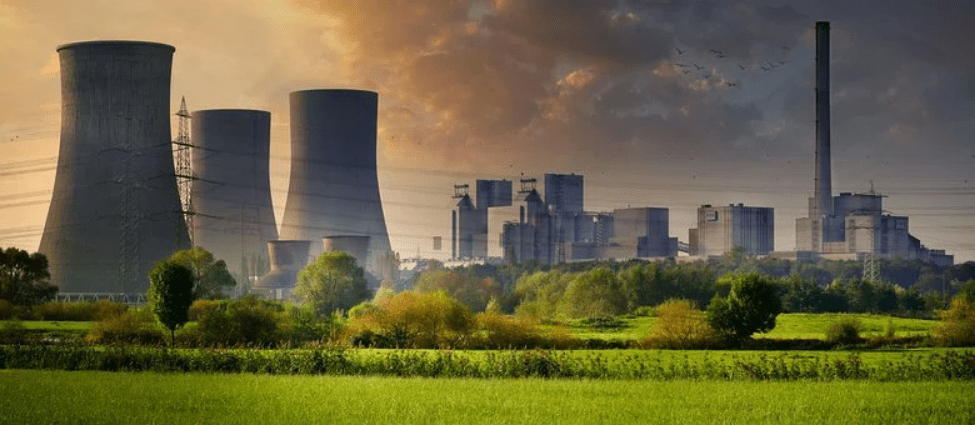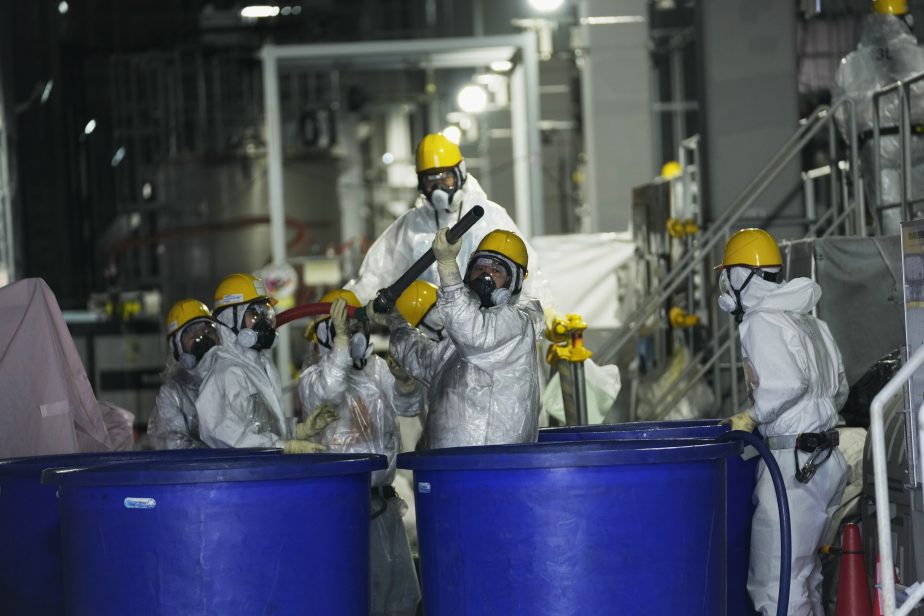Coping With and Mitigating the Effects of Nuclear Reactor Accidents in Pakistan
APLN Policy Brief 36
The following is a summary. Click on the adjacent link to download the full brief.
After briefly tracing Pakistan’s nuclear history – both civilian and military – this article examines the safety and security of Pakistan’s power generating program, a massive expansion of which is currently under way with Chinese help. Present plans call for 8,000 MWe of installed nuclear capacity by 2030, up from the current figure of 1,040 MWe. To deal with safety matters, a large official apparatus now exists in the form of the Pakistan Nuclear Regulatory Authority (PNRA). While formally independent of the Pakistan Atomic Energy Commission, its parent organization, in fact there is a strong overlap of interests as well as the personnel of both organizations. Opaqueness continues to be PNRA’s guiding principle, a consequence of the fact that Pakistan’s nuclear weapon program was intimately connected to its reactor operations in earlier decades. Hence public input into matters pertaining to nuclear plant location and safety, radiation safety, or disposition of nuclear wastes, is strictly limited. This is an impediment to improving safety standards.
Pervez Hoodbhoy is distinguished professor of physics and mathematics at Forman Christian College in Lahore, Pakistan. He received a PhD in nuclear physics from the Massachusetts Institute of Technology (MIT) in 1978. Recipient of several awards for his scientific work and public service, currently Dr Hoodbhoy is a member of the United Nations Secretary General’s Advisory Board on Disarmament Affairs.
Image: Pixabay stock, Albrecht Fietz.




